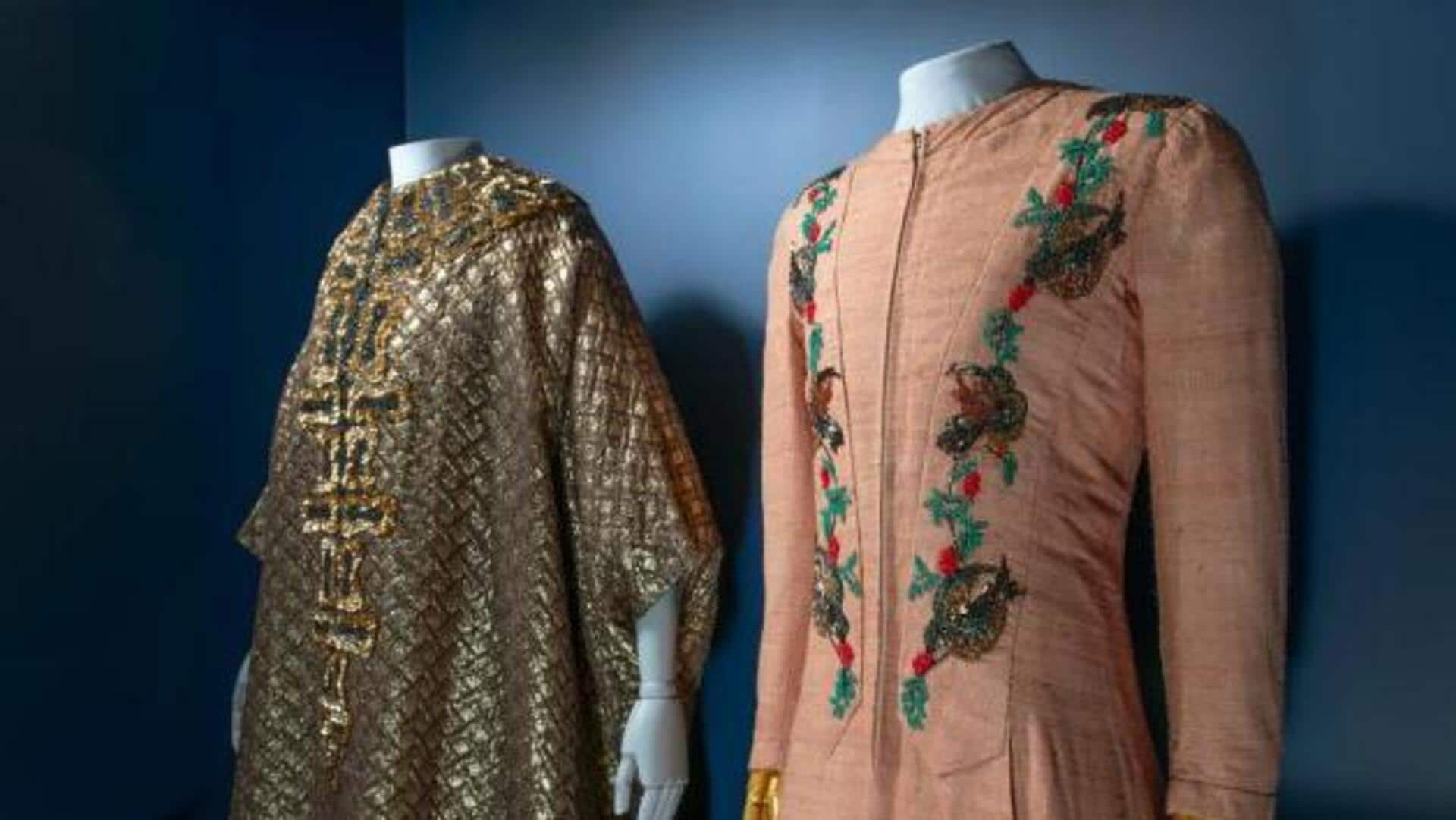
Unveiling Ottoman Empire's fashion legacy
What's the story
The Ottoman Empire, a historical powerhouse, was not only influential in politics and culture but also in fashion.
Its attire is a captivating tapestry of history and style, reflecting the empire's grandeur.
This article delves into the allure of Turkish Ottoman clothing, offering insights into its background, key concepts, and practical advice for incorporating elements into modern wardrobes.
Background
Historical tapestry of Ottoman attire
Ottoman attire evolved significantly, influenced by cultural exchanges as the empire grew.
Initially, designs were simple, but they became increasingly elaborate over time.
Essential items included the kaftan, entari, and salvar (loose trousers), complemented by accessories such as the fez and turban.
These garments were often made from luxurious fabrics like silk and velvet, adorned with detailed embroidery, showcasing the empire's rich aesthetic.
Key concept
Deciphering Ottoman dress codes
Ottoman attire was more than just fashion; it was a reflection of social status and occupation within the society.
The choice of colors, patterns, and materials served as indicators of one's rank.
For instance, bright colors were often exclusive to royalty, whereas commoners typically wore darker tones.
Grasping these subtleties is essential for a full appreciation of the intricate depth behind each garment's design.
Practical advice
Modern twist on traditional elegance
To infuse your wardrobe with a touch of Ottoman elegance, begin with accessories.
Embellished scarves and patterned belts, drawing inspiration from traditional designs, are excellent starting points.
For occasions requiring formal attire, consider kaftan-style dresses or robes.
These garments mirror the luxurious essence of Ottoman fashion while ensuring modern comfort, blending historical opulence with contemporary ease seamlessly.
Style fusion
Embracing cultural heritage stylishly
Blending traditional Turkish motifs with everyday fashion creates distinctive style statements.
Integrate materials like brocade or embrace Iznik tile patterns on items such as jackets or bags, subtly honoring Turkey's rich cultural heritage.
This approach allows for a tasteful tribute to tradition without overwhelming your look, merging historical elegance with contemporary flair seamlessly, offering a unique nod to the past.
Sustainability
Sustainable fashion through timeless pieces
Embracing elements from historical attire, particularly from the Ottoman era, encourages sustainable fashion by valuing timeless over trendy.
Opting for high-quality reproductions or authentic vintage finds that showcase the era's exceptional craftsmanship is beneficial.
These pieces not only narrate a rich story but also last beyond seasonal trends, offering a sustainable, elegant choice that honors historical craftsmanship with enduring style.